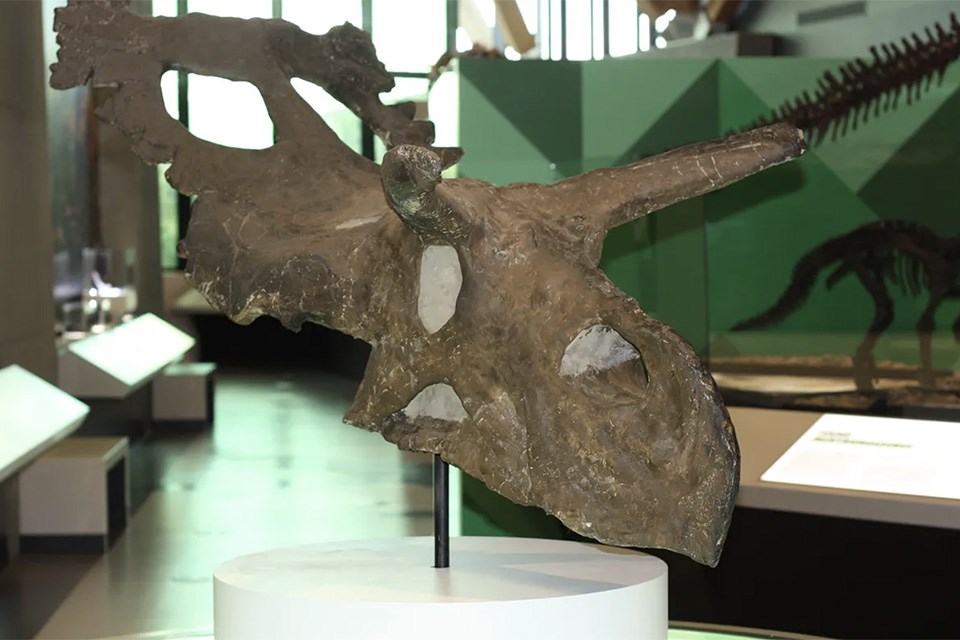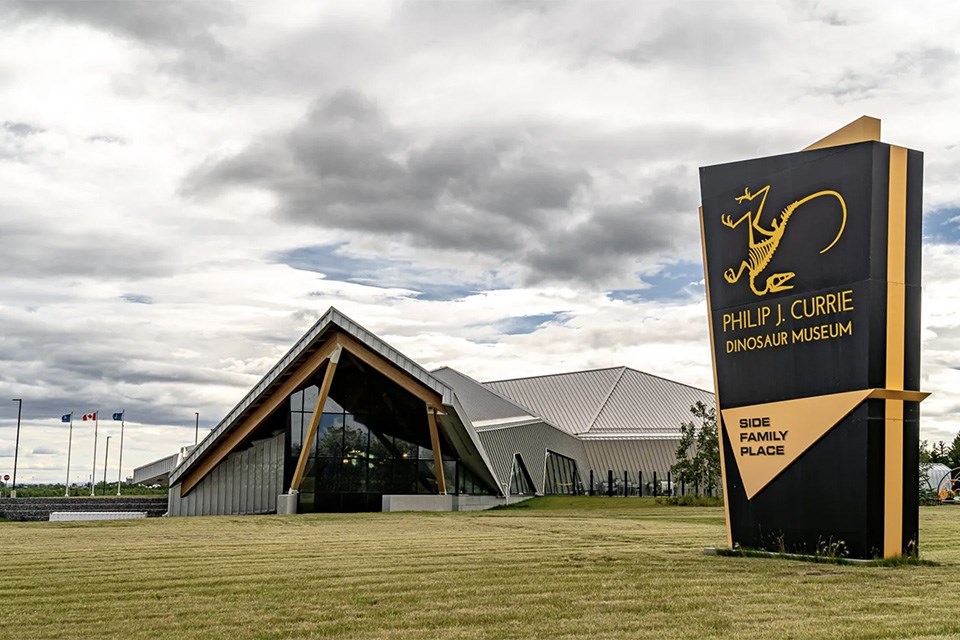Dubbed the River of Death, this incredible site is a bucket list destination for many. What makes Pipestone Creek Bonebed so special? Read on to find out.
Pipestone Creek Bonebed – Ancient Beginnings
The Pipestone Creek Bonebed is one of the densest fossil sites on the planet. Spanning approximately 0.74 acres, this location contains the remains of hundreds of dinosaurs and other prehistoric creatures. The majority of the fossils unearthed here belong to the Pachyrhinosaurus, a species of horned dinosaur that roamed Alberta roughly 73 million years ago.
While its nickname, the “River of Death,” may sound ominous, it’s a testament to the history that makes this site so unique. This dense bonebed offers a rare opportunity for researchers to study the lives, deaths, and preservation of ancient creatures, providing insights that deepen our understanding of the prehistoric world.
How Did It Form?
Honestly, it's a bit of a mystery! Many experts believe that the fossils are the result of a devastating natural disaster, such as a flash flood. It could very well be that in prehistoric Alberta rivers overflowed, creating violent surges of water that swept away entire herds of dinosaurs. The bodies, carried by the rushing water, eventually settled in the area now known as Pipestone Creek, where sediment quickly covered them, safeguarding the fossils for millennia.
Why Is It Significant?
Each fossil discovered here tells a story not just of individual creatures but of entire ecosystems that once thrived in what is now Alberta, and the Pachyrhinosaurus fossils have made this site internationally famous. This horned dinosaur species remains a key focus of scientific studies, helping researchers reconstruct its behaviour, diet, appearance, and environment.
Beyond its contributions to science, the site has cultural and educational importance. It attracts visitors from all over the world and builds an appreciation for Alberta’s prehistoric past. It’s a place where science feels accessible and exciting, even to those with little knowledge of paleontology.

How Can You Explore Pipestone Creek Bonebed?
Experiencing the River of Death for yourself is easier than you might think! The best place to start your adventure is the Philip J. Currie Dinosaur Museum, located nearby in Wembley, Alberta. This facility showcases the fascinating history of the Pipestone Creek Bonebed, with interactive exhibits, life-sized dinosaur skeletons, and even opportunities to join fossil excavation tours.
Visitors can also book guided tours to the actual bonebed site, where you’ll witness ongoing excavation efforts and learn about the fossils being unearthed. It’s a rare chance to see paleontology in action and appreciate the marvel of nature’s work firsthand.
Additionally, the area surrounding Pipestone Creek offers amazing hiking trails and natural beauty, making it a fantastic destination for a day trip, or a weekend excursion.
Whether you’re a seasoned paleontology fan or just looking for a unique adventure, the River of Death offers an unforgettable experience.
Nerissa McNaughton is a freelance writer and a contributor to Great West Media. This story was written for Great West Media's Hot Summer Guide advertising feature. The Hot Summer Guide is a special feature about summer activities, bucket list adventures, staycation options, road trips, attractions, events, and road trip-worthy food & beverage destinations across Alberta. It is not written by and does not necessarily reflect the views of the editorial staff.




